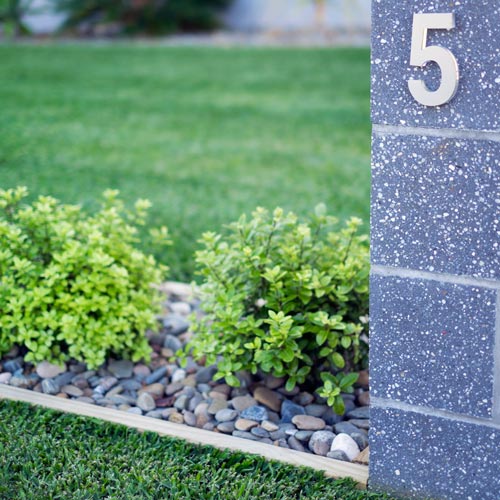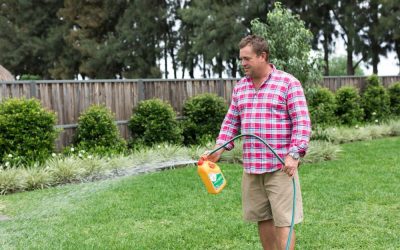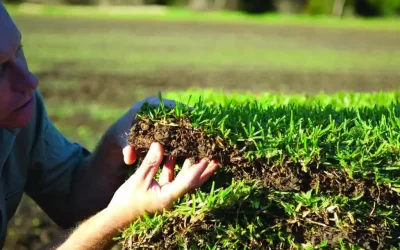Creating A Drought Tolerant Lawn
15
OCTOBER, 2018
DIY
Maintenance
Your lawn needs water. And, as you would have noticed during this drought, lawns get stressed or damaged when they don’t get enough water. An early sign of drought stress is a change of colour but might notice tyre and foot prints remain on your lawn. So, how can we help our lawns cope with this?

It starts with choosing a drought-tolerant lawn. Most lawn varieties in Australia will have a degree of drought-tolerance but Sir Grange is by far the best. Nullarbor Couch or Platinum Zoysia are also excellent choices in terms of drought tolerance. A drought-tolerant lawn will be able to withstand high heat levels and an absence of moisture for a long time. They will also adapt to drought conditions well and bounce back once conditions normalise.
You can also train your lawn to drought tolerant. This will also mean your lawn requires less watering, saving time and effort as well. In order to condition your lawn, you will need to water deeply and only when your lawn needs. This will force the grass roots to grow deeper in search for water. The roots will then have grown below the evaporation level of the soil. You should also mow a little higher as the extra length will help protect the soil from too much evaporation. The extra blade will also allow for more photosynthesis and provide more food, assisting your lawn through stress.

Prepare your lawn for summer, it’s going to be a scorcher! Making your lawn drought tolerant is a must in our climate and it can be as simple as changing how you care for it.
Recommended for you...
When to Weed and Feed Buffalo Lawn
Buffalo grass, especially popular varieties like Sir Walter buffalo, is known for its lush, soft texture and resilience.
How to Effectively Aerate Buffalo Lawn
When it’s time to aerate buffalo lawn, knowing the right techniques and timing is key to achieving a dense, strong turf.
How To Thicken Your Lawn For A Lush Green Yard
A thick lawn not only looks appealing but also helps in crowding out weeds, improving soil health, and providing a comfortable area for outdoor activities.



